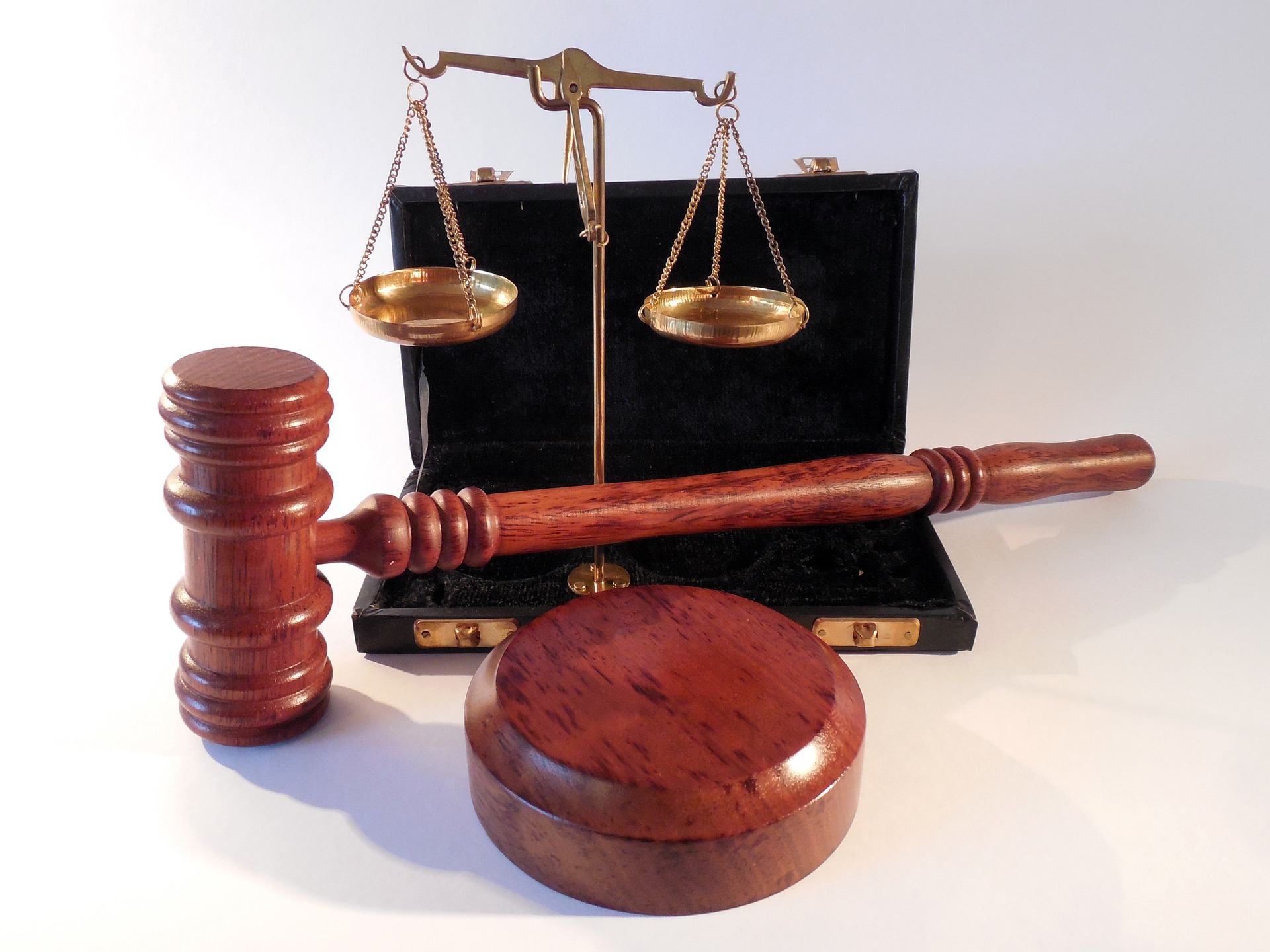Here are 7 Ways Evidence in Criminal Cases can Save Your Life
Evidence in criminal trials is one of the most integral ways to prove or disprove specific facts about a case. For example, a fingerprint could have been found at the scene of the crime and help establish whether the accused were involved. While the fingerprint alone isn’t enough to clear the accused of the committed crime, it can help in their favor.
We’ll be going over several ways that evidence can help you out during a criminal case:
Helpful Types of Evidence
In court, both attorneys go over details of the case and present them to the judge or jury. In most criminal cases, a jury may be requested for the trial, but not always needed.
During the trial, the attorneys will comb over the facts and evidence that may aid or be used against you. There are specific types of evidence that can help you during a criminal trial:
-
Character Evidence
Not all evidence has to be physical. Character evidence can be used to help depict what your personality and morals are like.
During character evidence, testimonies or documents are helpful to depict your behavior and self. It won’t be enough to sweep the charges, but having enough individuals speak highly or poorly about you can sway the minds of the jury.
For example, if you’re on trial for armed robbery and people are outspoken about your history of erratic or unpredictable behavior, it can add to the overall case. Now let’s say it’s the same charge, but you’ve been known to possess caring and compassionate behavior – this can add to your overall defense.
Some courts in the U.S. consider character evidence inadmissible unless the defendant raises the issue first. The common law rule states that character evidence is of slight probative value but tends to distract the jury from the main issue of the crime. While this is true, it can still be used as a strategy.
-
Demonstrative Evidence
Demonstrative evidence involves items that can be used to demonstrate a fact and usually falls into two categories:
- Physical items: Evidence that you can touch or see
- Illustrative items: Photos, recordings, charts, graphs, and/or models
This type of evidence is extremely useful in criminal cases. According to criminal lawyers in Winnipeg, while some demonstrative evidence can be explained away, it’s rare. Having as many pieces of demonstrative evidence, such as a time-stamped recording that shows you in a different location at the time of the crime or a receipt with a date and time, can help you immensely.
-
Physical Evidence
As we mentioned, physical evidence is valuable when trying to strategize a defense. Physical evidence, also known as real evidence, consists of material items involved in a case. They need to be things that the judge and jury can hold or see.
Some examples of physical evidence include:
- Fingerprints
- Blood samples
- DNA
- Weapons
Fingerprints and DNA can play a huge role in crafting your defense. You’ll want to ensure that as much of it’s collected as possible.
-
Digital Evidence
This type of evidence can be any type of digital file from an electronic device. Digital evidence can include emails, text messages, instant messages, social media posts, and files/documents taken from hard drives, such as video and audio files.
According to a notable security company in Winnipeg, security footage is at an all-time high, with some surveillance footage that records for 24 hours. If you can get your hands on live footage or text messages/emails, you can use them in your defense.
-
Forensic Evidence
Anything from DNA, fingerprints, ballistics reports, and trace evidence is considered forensic evidence. Forensic evidence is one of the most concrete and reliable pieces of evidence when convicting criminals, but it can also assist in exonerating innocent individuals.
The more forensic evidence you have can either work for or against you. If you were nowhere near the scene of the crime, forensics could help determine your involvement or not.
-
Hearsay Evidence
In court, you may often hear the word “hearsay.” Hearsay is an out-of-court statement that can pop up in witness testimonies and is usually not considered evidence in a court of law. It doesn’t matter if the statement was written or oral. If it’s outside the confines of the case, it cannot pass as admissible.
However, this can be a good thing, especially if a witness can’t back up their story against yours. If it’s hearsay, it’s swiped from the record, and the jury cannot use it when making their verdict.
-
Testimonial Evidence
Testimonial evidence is different from hearsay, as it’s made up of correspondences with investigators, while hearsay is shared outside of the investigation. All testimonies are spoken or written under oath. If your/their story is straight, the testimonies could work in your favor in building a solid defense.
A strong defense in a criminal case is no easy feat. According to a Winnipeg criminal defense lawyer, understanding your rights and having the proper representation can go a long way. Always ensure that you collect as much evidence as you can during your criminal case. It could change your life.
